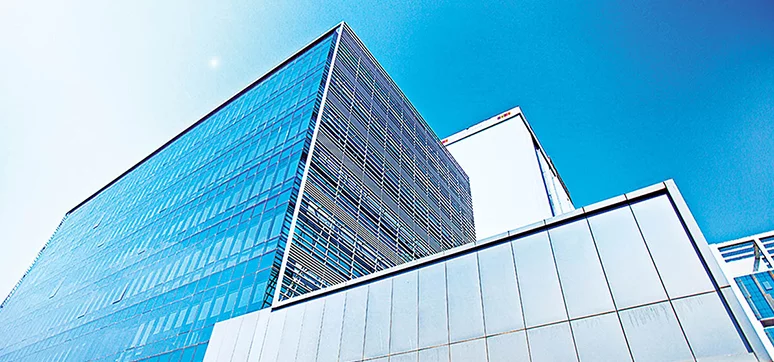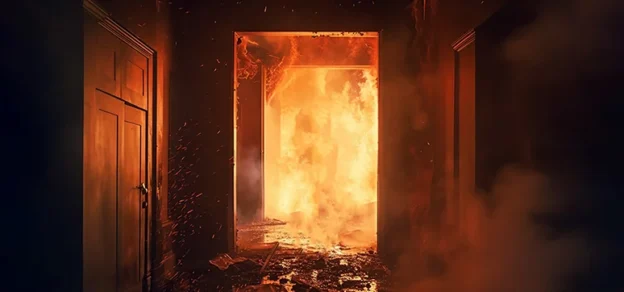Real Estate has witnessed significant transformations in the last few years, be it, demand and supply or incorporation of new technology or usage of new materials in construction. However, with a shift in a developer mindset now growing towards the idea of promoting sustainability and green building concepts. The industry is looking for an opportunity to become more involved through construction technologies that are being developed to pave the way for long-term practices in sustainable construction. One of the many such technologies is the use of high-performance glass or glass façades.

In the recent years, usage of such high-performance glass or glass façades has become increasingly popular especially in commercial spaces. Perfect for today’s modern day workplaces, developers are using glass to bring out efficiency and enhance the aesthetics of the structure. Glass walls in offices are a rising trend and are frequently adopted by commercial developers as they offer multiple benefits to an organisation. Apart from being aesthetically pleasing, glass walls provide better visibility from the interiors of the office, without any obstruction. It allows light to pass during the daytime and prevents extreme heat from entering the building. This makes the office look brighter and provides a pleasant environment for the employees.
Glass façades also provide unobstructed views and help to make it an interactive building envelope. It is cost-effective and durable as they are easy to modify in the future without any significant structural reformations. Additionally, it helps in effectively barring noise and promoting a sound and calm working environment. Glass façades have offered architects and designers with endless possibilities and innovative designs. Most glasses used in office spaces are high performance glasses which have visual properties such as U-value, internal and external reflection, solar factor, etc.

This helps in reducing the entry of heat, which further reduces the consumption of power in the building. Use of glass façades in today’s day and age is considered a more efficient option. The prices of the opaque conventional walls are higher in comparison to the modern day glass walls.
There are various types of architectural glasses, below are a few examples:
• The exterior façade of the high performance solar controlled glass is used for more light, and there is less heat transmission due to optical properties like U-value and the solar factor
• Back painted or frosted glasses are aesthetically pleasing in terms of colour shading with no visibility
• The insulated glasses can be double glazed, i.e., two glasses with an air gap or triple glazed – three glasses with an individual air gap. Such glasses are widely used in combination, to get desired energy efficiency in power saving and also noise reduction; making the interiors of apartments or offices comfortable
• Laminated glasses are safety glasses, in the event of breakage; the broken pieces stick at the location preventing injuries, as two glasses are joined together by a film • Lastly, tempered glasses provide strength to glasses against impact and natural forces.
Privacy is a huge concern in workplaces and one of the biggest issues with glass façades. It is vital to have adequate privacy to perform one’s functions efficiently and productively. With time it has become necessary for architects and designers to come up with solutions to this issue. Some of the measures that are adopted to overcome this problem include the use of blinds, fins and sun breakers.

Based on the application of usage of glass, the appropriate type of glass to be used in a structure is carefully selected keeping in mind specific factors like applicable load, usage and location of the structure. The design requirements and calculations of the structure also play an important role in determining which type of glass has to be used. The flat glasses are largely utilised as float glasses in facades, while the warm bent glasses are used in exterior railing and façades where a substantial amount of bending is required.
The usage of cold bent glasses is limited. Tempered glasses can be used to increase the safety of glass buildings. To further enhance it, the use of laminated glasses is suggested. Solar controlled, single LOW-E and double LOW-E are recommended to improve the efficiency. However, the point of view on appearance is subjective; it depends on what combination of shades of glasses one selects; for instance, currently, neutral and green colours are trending.
Looking at the current scenario, there is an availability of chromic glasses, which can change their tint from clear to dark shade in four steps and one can select basis requirements. If we look at photochromic coating, the transition happens due to solar light, which is not controllable. However, an electrochromic coating can be controlled by the user with the help of electricity, while the thermochromic glazing changes owing to gain in temperature or heat.
In the Indian market, usage of glass is growing with prominent supplier companies manufacturing performance glass to suit Indian climatic conditions and emerging trends. Architects have become more demanding in getting the required look and aesthetics for modern day structures. The option of unconventional shapes and dimensions only goes further to complement it. Glass has been used extensively, and overall this trend will be a big hit in the coming years in the commercial space.














